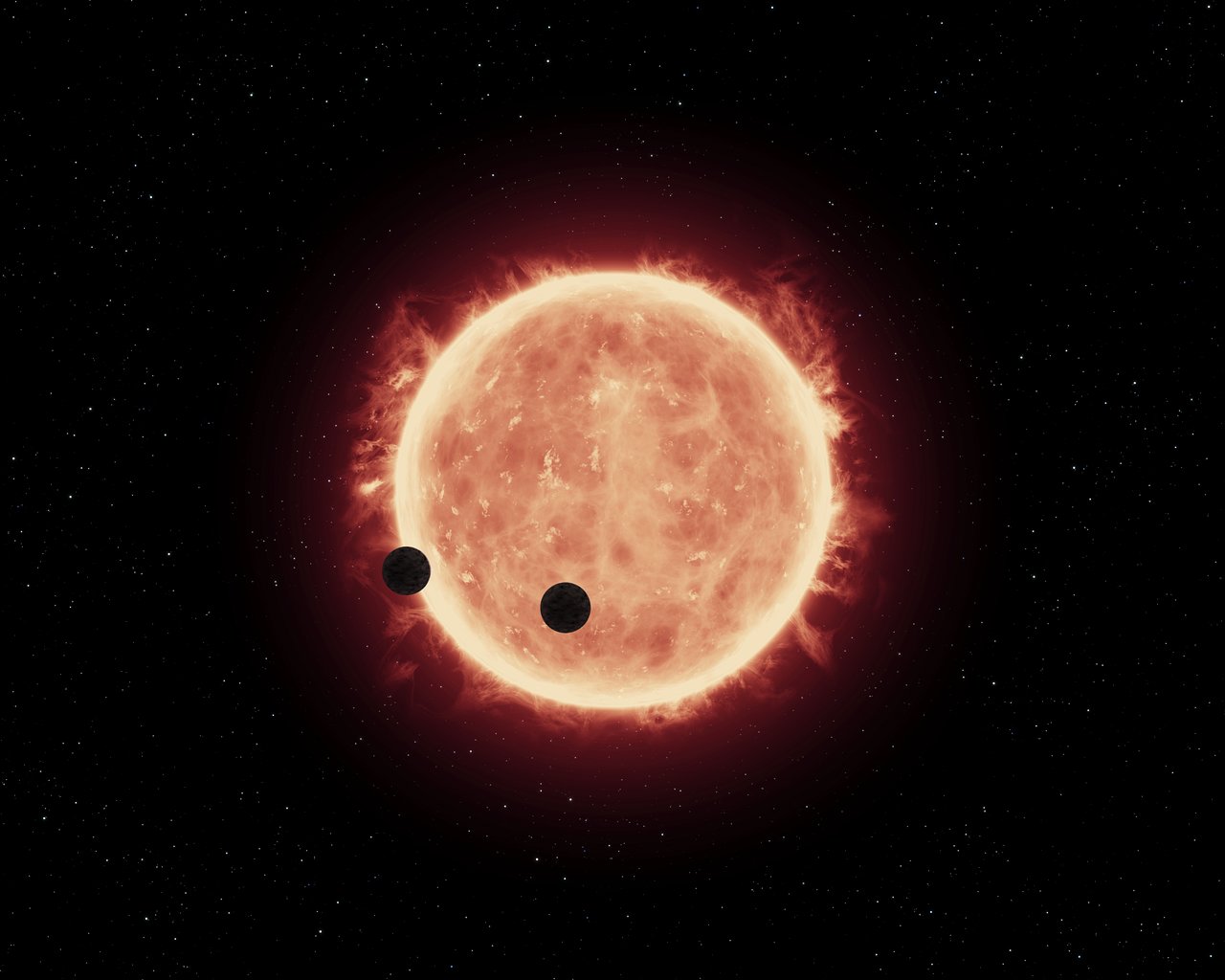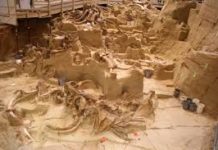
There is absolutely nothing more fascinating than the endless pursuit for another planet like ours, out somewhere in the infinite universe. That is why the research being done at NASA, particularly in the search for alien planets, is so important. In 2017 there were several major discoveries that left science-fiction fans fascinated by what was found. Among those discoveries were seven potential Earth-like planets that fit several key demographics for the possibility of sustaining life, all surrounding a special star known as the TRAPPIST-1. Let’s take a closer look at these planets in order to see just what they could mean in the future of our existence.
Discovering the TRAPPIST-1 star and its corresponding seven Earth-sized planets was one of the biggest moments in 2017 for NASA researchers. The work was done largely with the Transiting Planets and Planetesimals Small Telescope (TRAPPIST) which is located in Chile. The data collected from the TRAPPIST telescope was then mapped over with data provided by the NASA Spitzer Space Telescope. The Spitzer Space Telescope helped to hone in on the seven planets, outlining the fact that three of these small planets may have the ability to sustain water on their surfaces.
The first planet that we’ll highlight is simply called the TRAPPIST-1B. This small planet whips around its star in just 1.5 days, making it speedy in terms of rotation. The farthest planet from TRAPPIST-1, TRAPPIST-1H, takes roughly 20 days to make that same rotation. Of the seven planets, only three of them sit in that Cinderella zone where liquid water could potentially linger without being boiled away by heat or frozen by cold. These are the planets that NASA most wants to research because they offer up the possibility of life which, needless to say, is an incredibly important topic of research.
Still, these weren’t the only discoveries that NASA made in what was an otherwise hugely-busy year. NASA found their way to discovering an alien planet called Ross 128b. Ross 128b was discovered by using the High Accuracy Radial Velocity Planet Searcher instrument (HARPS) which is also located in Chile at the La Silla Observatory. Ross 128b was located only 11 light-years away and additional research has found that the planet lives in the habitable zone of its nearby star. There is going to be an intense focus shifted to this planet by NASA in the coming years to see if additional data reveals potential signs of life.





